DISCLAIMER: DITA Audio and Project Perfection loaned me the Dream XLS in return for my honest opinion. I will send the unit back following the review. I am not personally affiliated with the companies in any way, nor do I receive any monetary rewards for a positive evaluation. I’d like to thank DITA Audio and Project Perfection for their kindness and support. The review is as follows.
Among the many names that exist in the realm of personal audio, close to none embody the word boutique as utterly as DITA Audio do. Ever since their 2014 debut with the highly-acclaimed Answer earphones, they’ve continued to exude this sense of lavishness and luxury with everything they put out; whether it be IEMs, cables or accessories, and down to even their packaging and marketing. Besides, what’s more exclusive than having your products almost entirely consist of fully-proprietary parts? This philosophy was realised fully in their flagship Dream. And now, they’ve pulled out all the stops to forge its successor: The Dream XLS. Clad in CNC’ed titanium and sapphire glass, this is in-ear luxury at its absolute best.
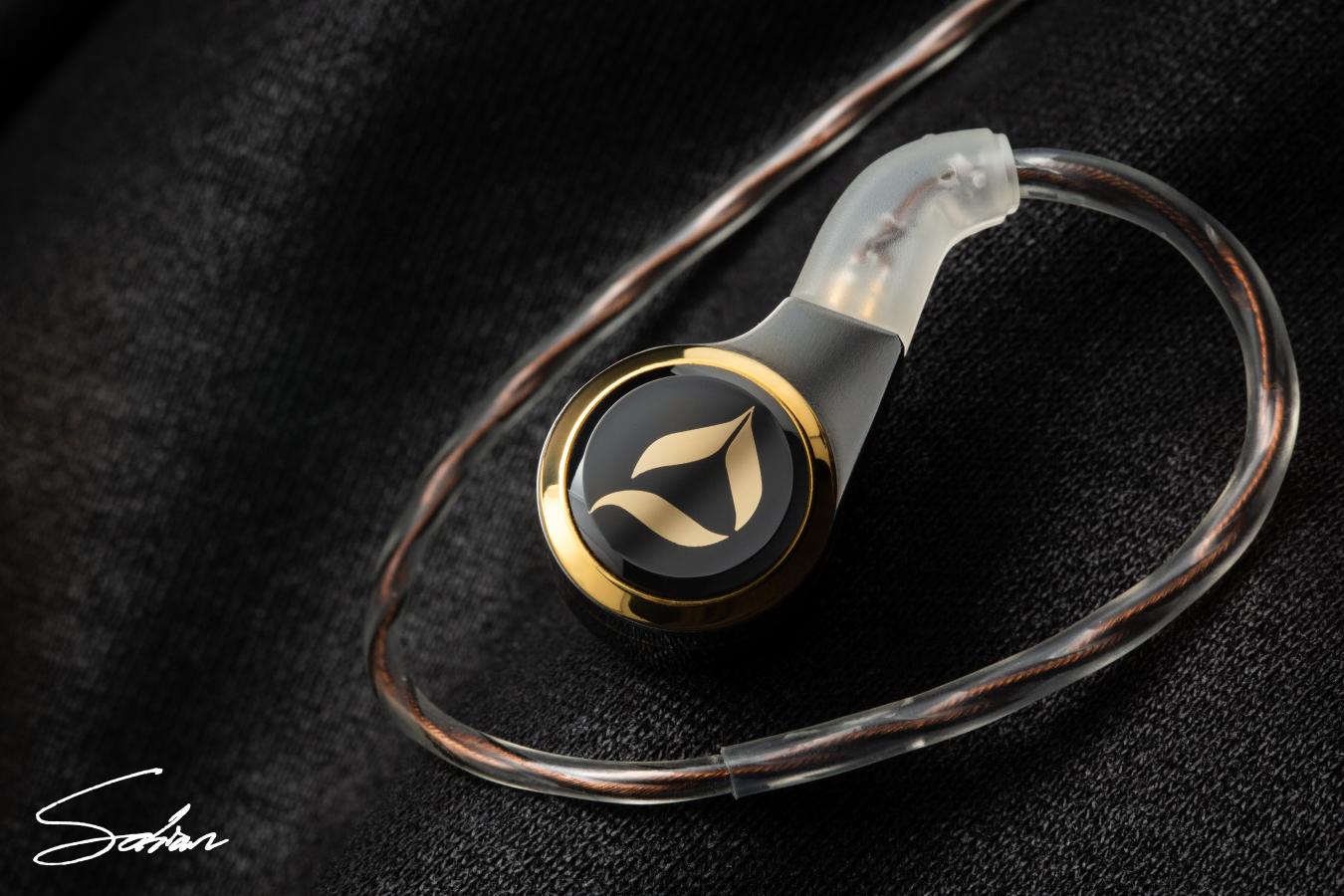
DITA Audio Dream XLS
- Driver count: One dynamic driver
- Impedance: N/A
- Sensitivity: N/A
- Key feature(s) (if any): Proprietary Ultra-Linear dynamic driver, jewellery-grade build quality, OSLO-XLS cable
- Available form factor(s): Universal titanium in-ear monitors
- Price: $2299
- Website: www.ditaaudio.com
Packaging and Accessories
There’s no pussyfooting around it, is there? The Dream XLS’s unboxing experience blows its competition completely out of the water. From top to bottom, inside and out, the effort DITA have shown here is just excellent. As I said on my Vision Ears ELYSIUM review, it’s output like this that validates the scrutiny I’ve held towards most of the packaging I’ve reviewed in the past. It’s the standard I hope all companies will one day strive to achieve, for the sake of their customers and every one of their hard-earned bills. The XLS surely is not cheap, but DITA have at least put in the effort to look the part. Bravo.
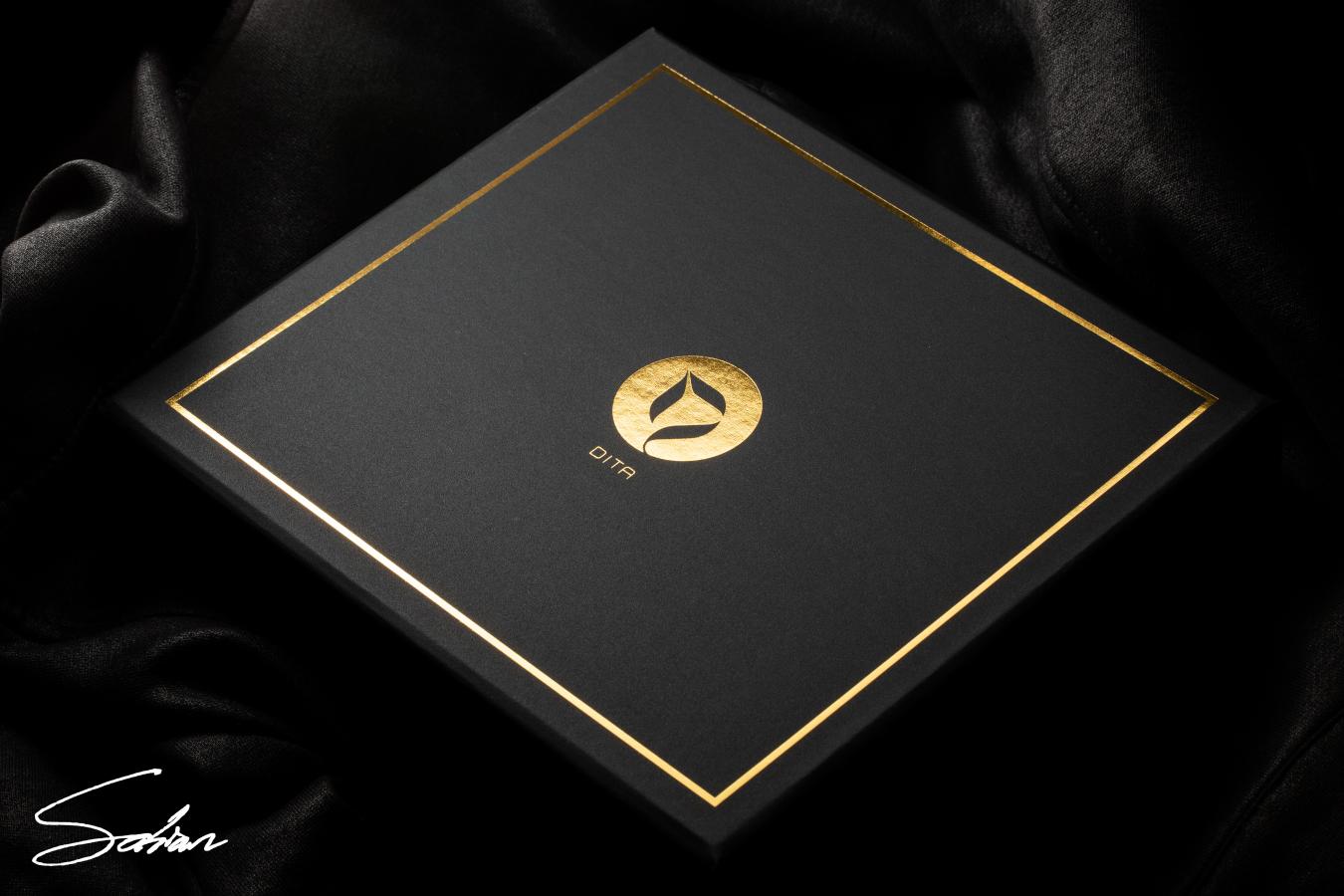
Lifting the lid off the XLS’s gold-finished, satin-black box, you’ll find its contents split into three sections. The first displays the monitors themselves, the OSLO XLS cable and an envelope labelled Service Pack. Then, on the bottom-left is the XLS’s included hard case, labelled as such. And, on the bottom-right is the soft pouch; identical to the one included with DITA’s OSLO cable, but in black. Finally, beneath this is a box with the XLS’s suite of tips and the attachments for the OSLO XLS’s Awesome Plug. Also worth noting is the uniform aesthetic running all throughout, gorgeously bringing the look together.

With the packaging also comes a signed message from DITA’s co-founders: Danny and Desmond. It’s printed – again – in a metallic gold atop a black piece of textured cardboard, and it’s finished beautifully with the company and the product’s logos. Echoing back once again to the ELYSIUM review, I appreciate touches like these that – little by little – truly add that real sense of occasion. Also worth mentioning is the use of the phrase “all we know”, echoing a marketing campaign DITA ran by the same name on social media just before the XLS launch. Again, it’s the tiny details that truly wow me with DITA.
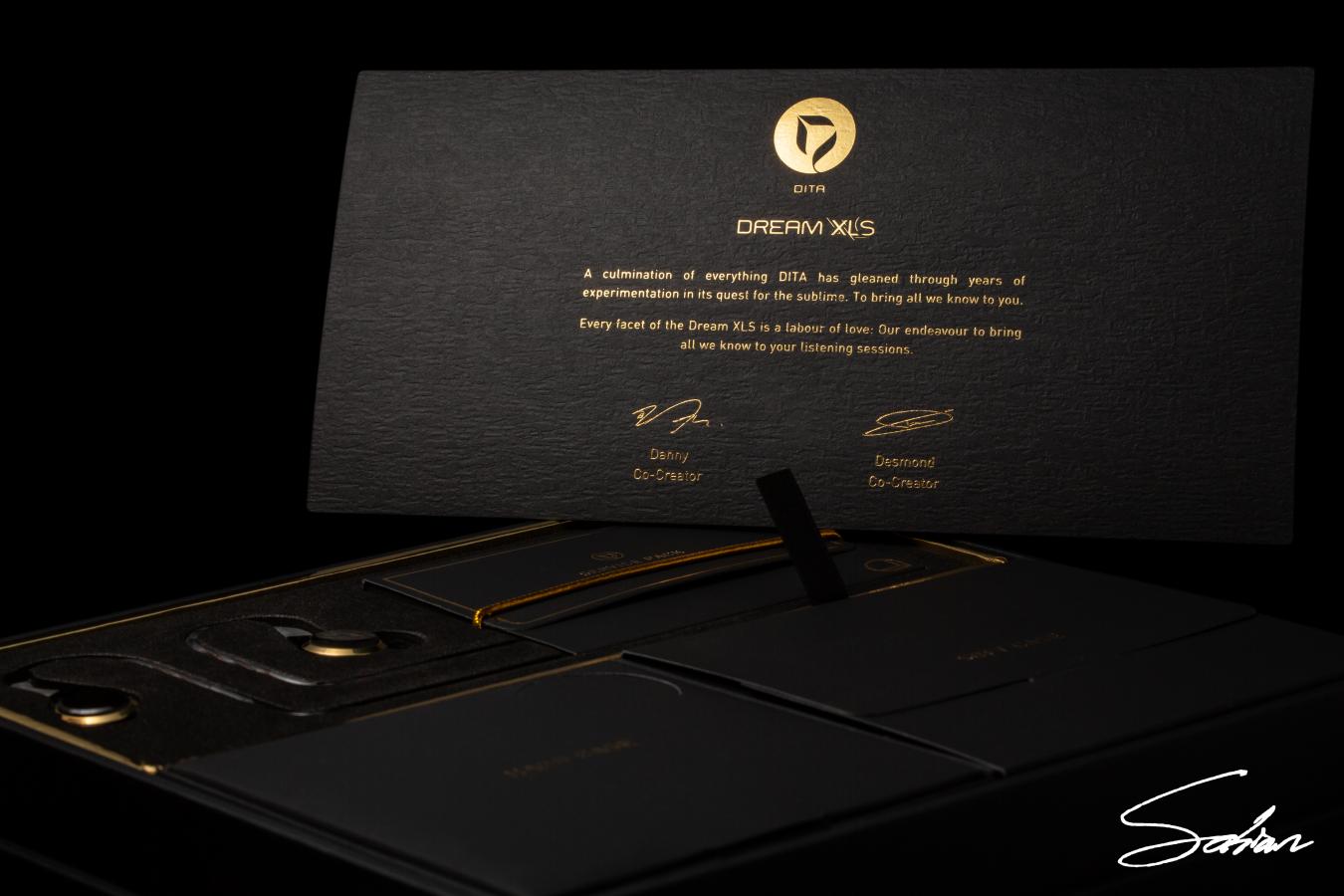
The gold-rimmed compartment holding the IEMs, the cable and the Service Pack can actually be removed from the larger packaging as its own little box. It could function as a makeshift display case if one desired, which is a neat feature. Below the Service Pack, you’ll find the OSLO XLS cable coiled with a plain, white twist tie. I would definitely have been even more impressed with the packaging if they had included a premium cable tie of some kind. But, given all they’ve given already, it isn’t something I can hold against them, really. At least the corner they did choose to cut, they have concealed expertly.
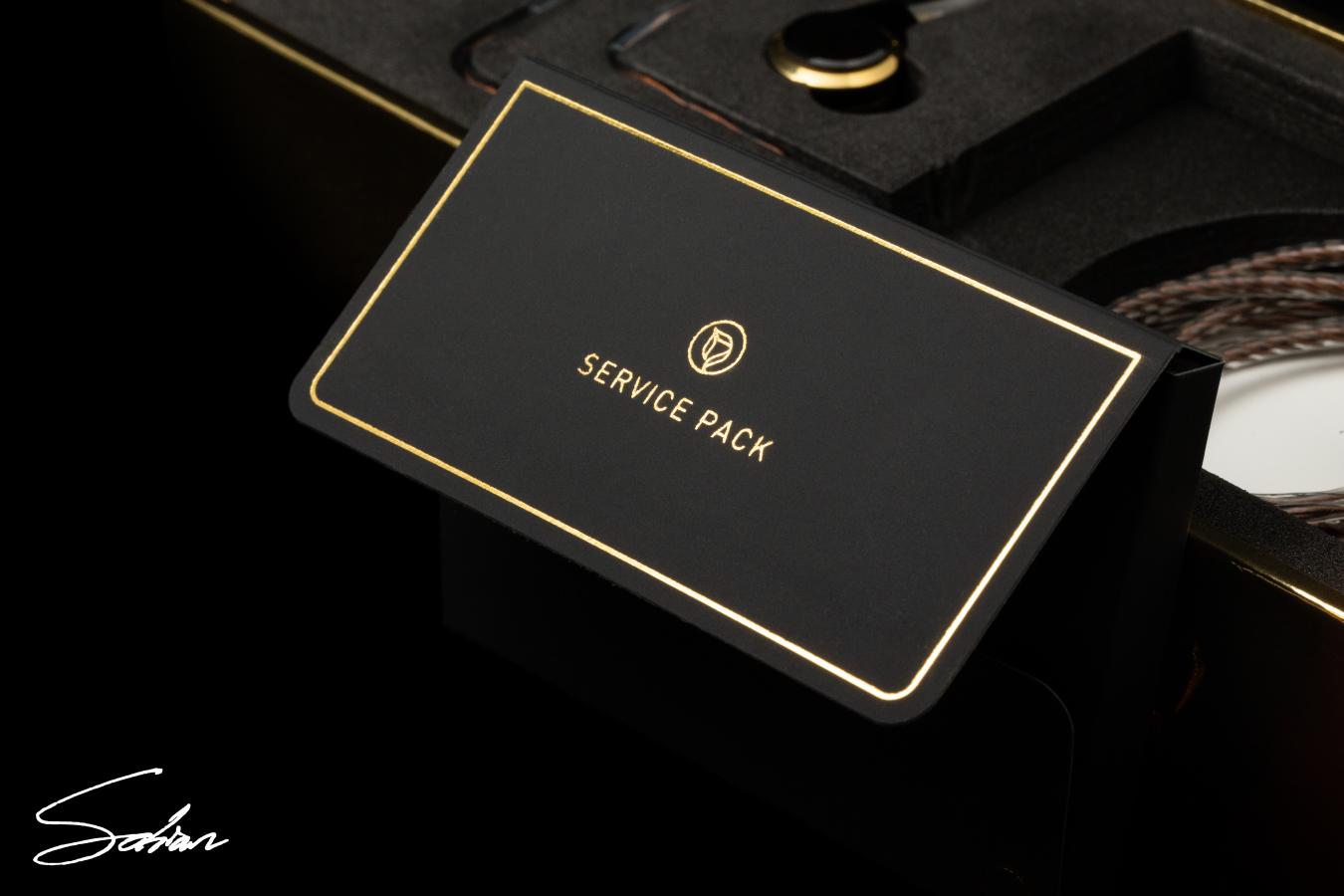
Now, we’ll take a look at the Service Pack. Inside, you’ll find a user’s manual and a premium-looking, XLS-branded owner’s card. It’s made out of a brushed metal topped with superbly clean engravings, and it doubles as a warranty card as well.

Then, we have the XLS’s leather hard case. It’s shaped somewhat like a coin purse, and it feels absolutely wonderful. The leather is tough, but smooth-feeling at the same time. It feels fantastic in the hand, and I imagine it could take a bit of a beating as well. The pouch opens and closes via a button just below the engraved DITA logo, and it fits the XLS and OSLO cable comfortably. If I may suggest one change, I think the case would’ve looked even better if the logo was gold, like the rest of the items. Regardless, it’s a beautifully-made accessory that’s yet another testament to DITA’s attention-to-detail.
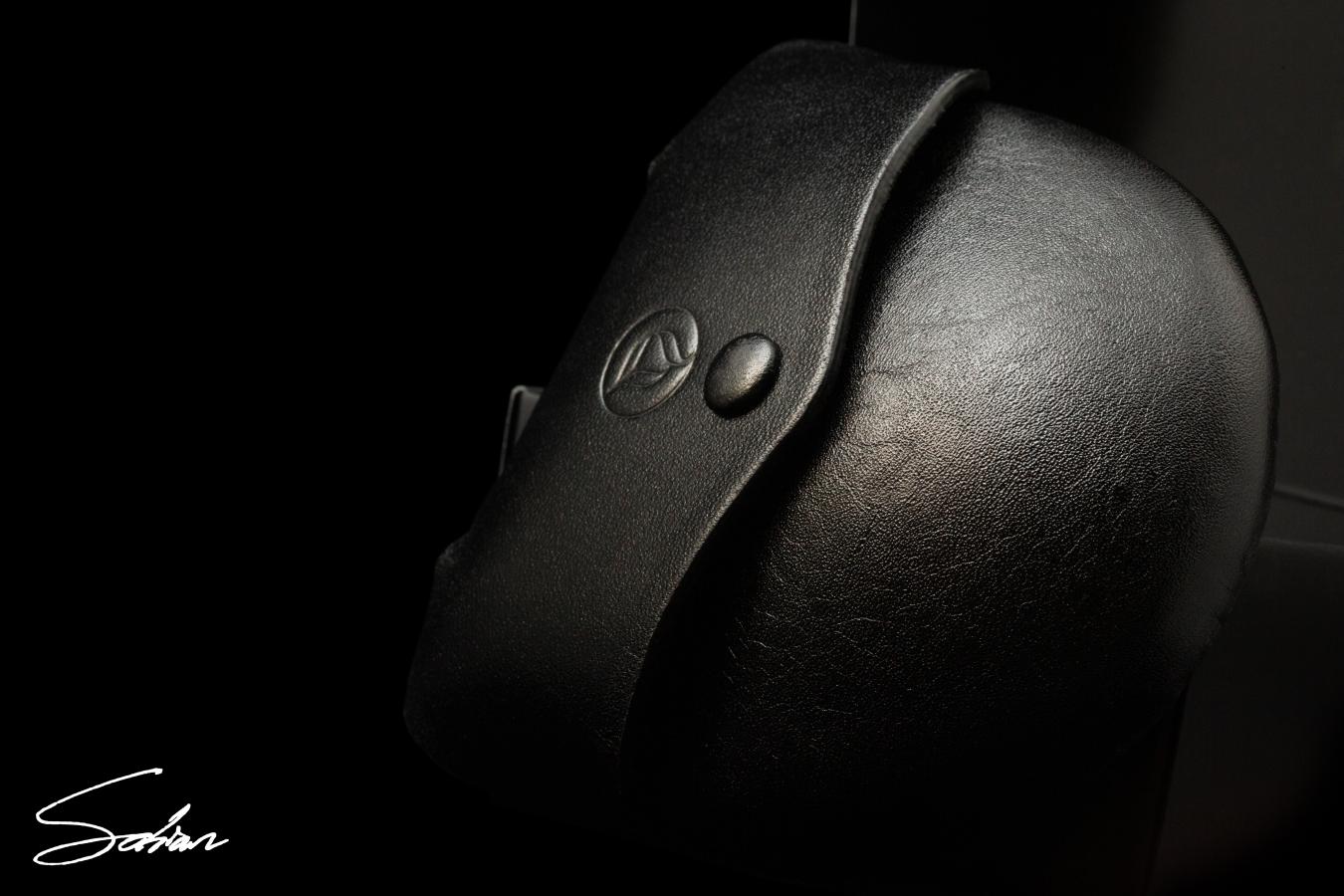
Afterwards, we have the in-ear’s arsenal of accompaniments stored in a box that unfolds like a book, almost. On the left-hand side, within an even smaller box, you get a microfibre cleaning cloth, as well as replacement wax guards in case the stock ones ever get clogged or damaged. The latter is a particularly thoughtful inclusion, because of how crucial it can be to both the product’s performance and longevity. Again, it’s a testament to DITA’s commitment to their product, and one I’d love to see others follow. Right below are the balanced attachments for the Awesome Plug nestled within foam. Sadly, they were nestled a hair too deep on my sample, as I struggled to pull them out without outright damaging the foam. No matter the tweezer or fingernail used, they wouldn’t budge. So, this is one detail I’d love to see DITA amend in the future.

Finally, on the right side are the XLS’s assortment of ear tips. You have eight pairs in total – all silicone – five of which are the Type E tips from Final Audio. This collaboration was highlighted in the user’s manual, and it’s one I’m personally a fan of. I tend to prefer Type E tips for how colourless they usually are between universal IEMs and their custom variants. The fact that DITA have included five different sizes should also mean an easier time finding the right fit. The remaining three pairs are different sizes of DITA’s in-house tips. I found these to bring a touch more midrange vibrance, while the Type E’s were a tad more neutral. And, they fit my canals best too, so they were the ones I ended up reviewing these in-ears with.

And, as if all the above weren’t enough, DITA have even included extras underneath the box as well. At the very bottom of the packaging is an assortment of black-and-gold stickers. Decorative, yes, but further examination will reveal a great amount of detail and storytelling in there as well. From exploded views of the XLS to blueprint-like measurements of the IEM’s make-up, it’s a slick and clever way of conveying the complexities of the monitor without massive blocks of text. In fact, there is neither a false nor manufactured spec on the sheet. DITA were adamant about every graphic on the sticker having real meaning, and – again – that’s simply a testament to the company’s astounding attention-to-detail all around.

Again, the Dream XLS’s packaging is something DITA have well-and-truly nailed from top to bottom. The aesthetic unity across the board is incredibly detailed, and how everything’s been arranged, layered and segregated is supremely clever too. In terms of accessories, you get everything from the customary microfibre cloth and ear tips, all the way to a duo of cases, wax filters and a variety of stickers as well. You really are spoiled by the sheer amount of product you get for your buck, and – in an era where flagship prices rise by the day – it’s a standard I hope to see more brands meet in the future.
The OSLO-XLS Cable
The XLS also comes with a modified variant of DITA’s OSLO cable. I previously covered the original, standalone version of the cable in a review last year. This one sports a darker, coffee-like hue to it. And, the hardware’s been updated to match the IEM’s aesthetic as well. There’s now XLS branding on the Y-split and the capsule by the plug. While I personally prefer the more industrial, engraved-metal look of the original, this version does complement the XLS’s polished scheme nicely. Ergonomically, the cable feels immensely supple and smooth, and its pipe-like design effectively prevents any kinks from developing. My year-old OSLO continues to feel stellar to this day, so longevity is something you can definitely count on.
Like the Truth and OSLO before it, a star feature of the OSLO-XLS cable is DITA’s signature Awesome Plug. It is essentially an interchangeable plug system, allowing the user to swap out the cable’s termination at any time. The OSLO-XLS comes with a 3.5mm single-ended plug pre-attached, but (as seen above) there are 2.5mm and 4.4mm balanced plugs included too. They lock onto the cable’s 4-pin socket via a screw collar, and I’m glad to see they have taken my feedback – whether intentionally or not – and made it black to better fit the aesthetic. Again, it’s an invaluable feature that offers outstanding flexibility, and (given the standalone OSLO’s retail price) adds yet another $599 value to the Dream XLS’s overall package.
Build and Wearing Comfort
If the photos weren’t enough of an indication, the Dream XLS is unequivocally the most splendidly-built pair of IEM’s I’ve ever seen. From top to bottom, they look and feel like genuine high-end jewellery; so much so, that they might as well be classified as such. Hats off to the DITA engineers for such a crowning achievement. I can’t see this topped any time soon.
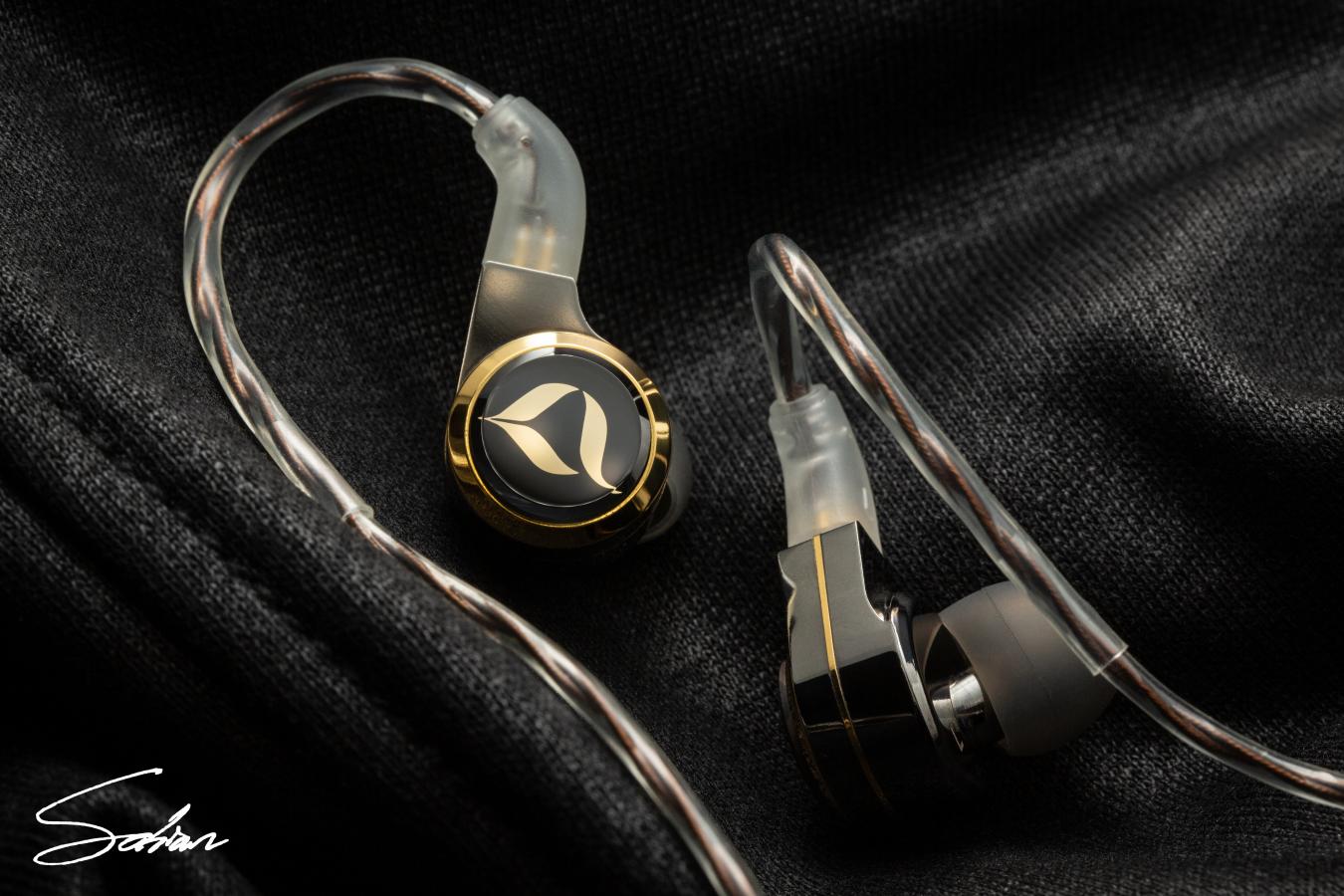
The chassis is constructed entirely out of CNC’ed titanium, polished to a pristine mirror finish. All of these processes are done in-house at DITA’s facilities. And, as we’ll see later on, this is a luxury offered to them by their parent company. This is also what allows DITA to keep a close eye on QC, and ensure each and every unit that heads out the door is as flawless as humanly possible. Returning to the XLS, it’s a two-part body fused by a gold-plated stripe in the middle, and that bond between them is seamless. The absurdly clean finish does make the monitor a tiny bit of a fingerprint magnet. But, even after weeks of handling and use, its polish has not tarnished nor bruised one bit. Heck, I’m beginning to doubt it ever will.
Finishing the build are the in-ear’s impeccable sapphire-glass faceplates with the DITA logo inlayed underneath. Rotating the earpieces under light, the emblems are capable of morphing and shifting gorgeously; sometimes even vanishing into the plates’ pitch-black base. And, in accordance with DITA’s form-meets-function philosophy, they’re incredibly durable as well. They say it could even survive the blade of a pocket knife unscathed, but I definitely wasn’t brave enough to give it a go on my loaned unit. I’ll just have to take their word for it. At the end of the day, what’s certain is that the XLS is built like a jeweller’s dream. From the aesthetic, all the way to the final chassis, the Dream screams luxury like very few can. Bravo!

Now, one question remains: How does that opulence in the build translate to the fit? Well, given their chassis of choice, it should come as no surprise that these aren’t the lightest earphones in the world. Personally, my larger canals fared fairly well with them in, but I certainly can’t say the same for those with smaller ears, or those who are adverse to heavier IEMs at all. What I had a much more difficult time reconciling was the XLS’s shallower fit. My canals’ sharp upward bend meant I had to aim the in-ears toward them each time; reorienting the IEMs rather vigorously until I had achieved a proper seal.
That process was made even less convenient by the earphone’s machined edges; not sharp, but definitely crisp. Like the original Dream did, DITA have foregone the standard, anatomically-compliant contours you’d find on most other IEMs in favour of right angles. As a result, the XLS’s fit is minimal when it comes to grip. In motion, the Dream’s weight can cause it to lean outwards and even break the seal. The lack of curves locking in with the natural contours of the ear also allows air to travel between those gaps, minimising isolation. All this makes the IEM oddly unideal for on-the-go scenarios. So, fit is certainly where the XLS needs the most work, and where DITA could afford to concede some of their form for function.
The DITA Experience
On a brief vacation to Singapore late last year, I was generously offered by DITA’s Darren a tour of the company’s HQ. As I was on my way there to return this very XLS unit anyway, I replied in the positive. Upon arriving at this facility, it quickly became apparent to me that DITA’s operations were much larger than any other in-ear maker I’d seen in the nation. For one, a vast majority of the XLS’s componentry – including the stunning packaging – are made in-house. Darren explained this was made possible by the facilities of their parent company; one that manufactures packing machines for a plethora of food products. On that day, it was coffee. And, naturally, it is this demand for precision engineering and consideration in packaging that’s led to all the success I described above; an immensely crucial element in their pursuit for perfection.

Image courtesy of DITA Audio’s Instagram
Then, Darren brought me to DITA’s lab, armed with a state-of-the-art measuring system, a number of workstations and a rather ludicrous testing studio. Beginning with the former, it was the heart behind DITA’s quality control: A $35,000, IEC-compliant KLIPPEL analyser. As if that investment wasn’t large enough, KLIPPEL charge about a tenth of this every couple years or so for maintenance and recalibration. But, again, it’s an expense DITA are willing to bear to guarantee their IEMs are rock-solid before heading out the door. And, sure enough, when Darren put my XLS units in for an impromptu check, the machine showed flawless channel-matching; absolutely superb, and perhaps the most stylish flex I’ve ever seen too.

Image courtesy of DITA Audio’s Instagram
After that, Darren led me to what DITA call their reference listening room. It’s been treated acoustically to prevent all the hustle-and-bustle outside from leaking into the space, and it’s chock-full of boutique gear as well. This included high-end DACs, power amps, vintage turntables and top-of-the-line speakers. Then, topping it all off, they all come equipped with anti-vibration mounts, aftermarket cables and power conditioners too. Darren estimates that DITA have spent well over S$100,000 on the entire room, and – again – that is an investment they’re willing to make, so they know how high to aim.
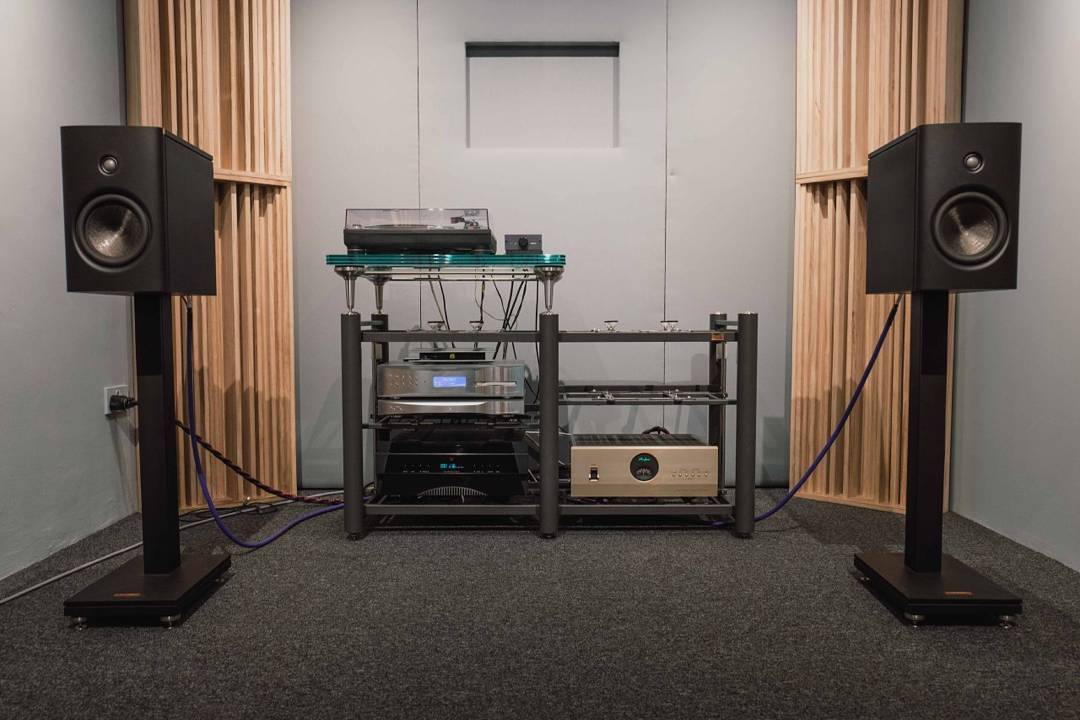
Image courtesy of DITA Audio’s Instagram
Then, the final stop of this day were the DITA workstations. Each member of the team had their own desktops, and I was shown projects on two. One belonged to DITA’s mechanical engineer, who showed me the XLS’s 3D SolidWorks model. It included the exploded view, which ended up on the sticker pack mentioned above. Then, I got to see what DITA’s graphic designer was working on, whose work includes all of Project Perfection’s marketing campaigns – DITA’s distributor side – as well as the sticker pack included in the packaging. Him and Darren spoke about the early drafts of the pack having too much fluff and not substance, and how they wound up eliminating that to deliver the most effective story possible. After, I was shown teases of an upcoming campaign Project Perfection have just begun rolling out on Instagram; quite exciting.
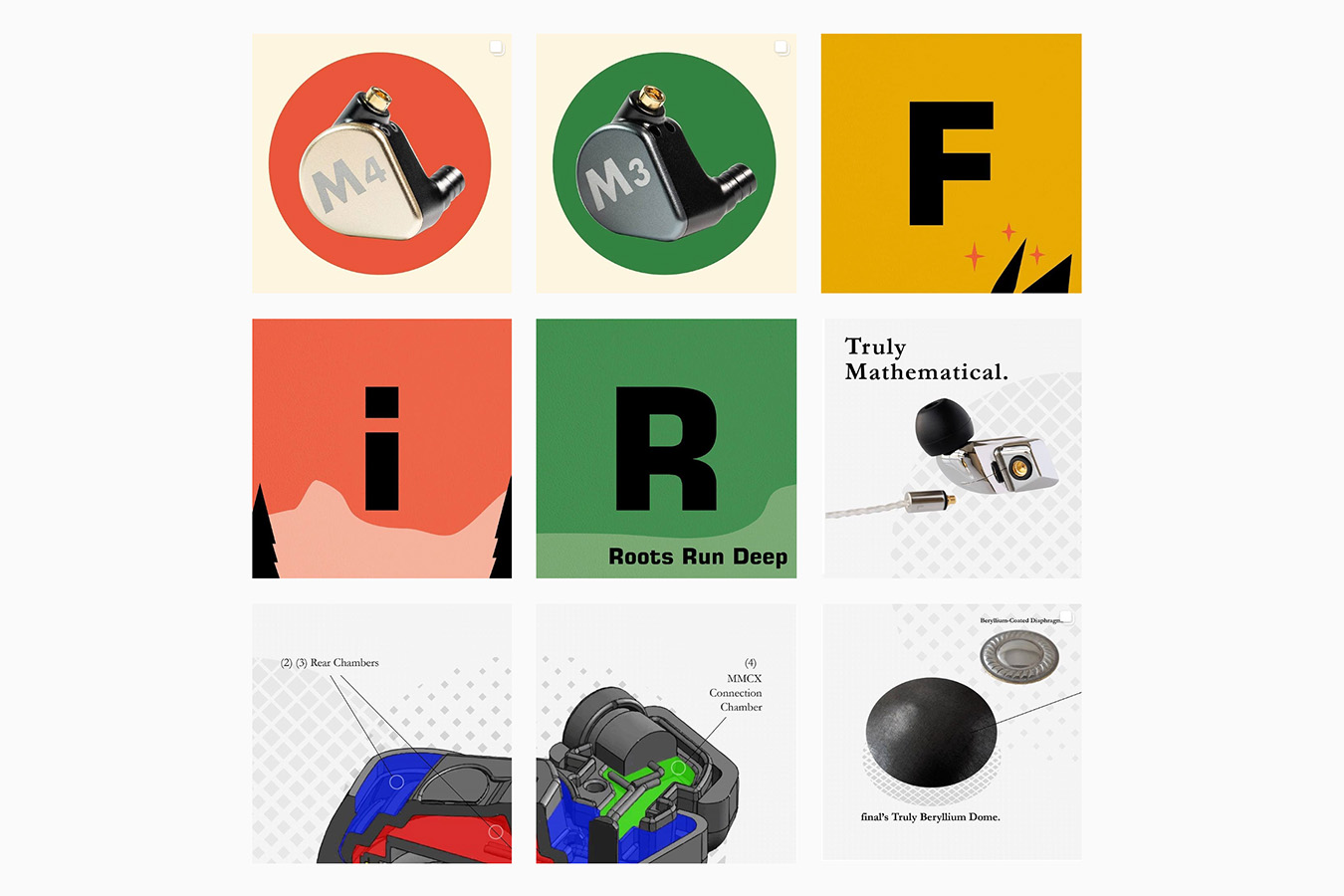
Image courtesy of Project Perfection’s Instagram
Quickly concluding my thoughts on the tour, I came away extremely impressed by how hands-on each and every facet of DITA Audio was. I admire their commitment towards perfection, often demanding large investments and focuses they’re always willing to bear. And, I also adore their steadfastness towards their philosophies: Sticking with and advancing their proprietary dynamic-driver tech, and straying away from the numbers game. Lastly, again, their sheer attention-to-detail is second-to-none, often investing a great deal of effort into the tiniest details most will probably never see. As someone who regularly spends hour upon hour Photoshopping minuscule specks of dust out of the photos on these reviews, that is an attitude I can wholeheartedly get behind, and one that I hope will never wash away in the years and years to come.


